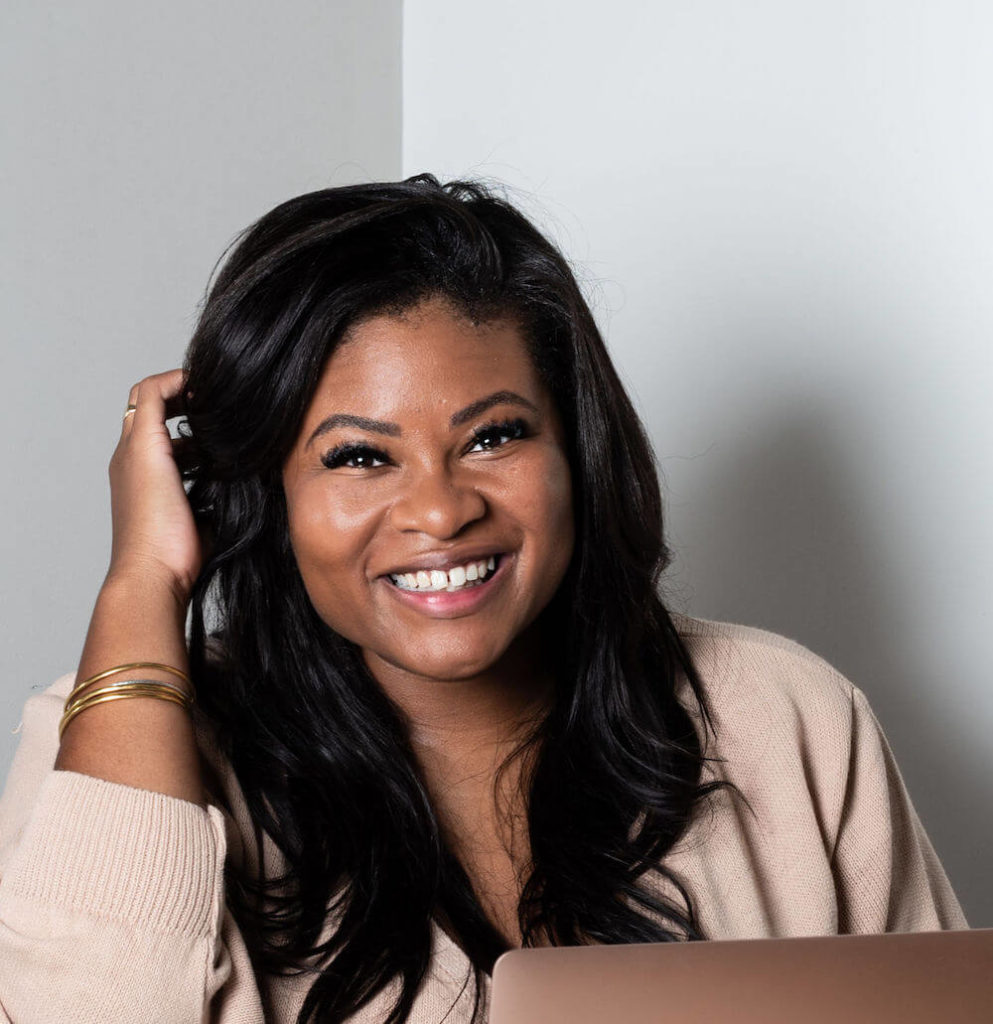
In June this year, YouTube reported that 1.5 billion of its ‘logged in’ users now engage with its TikTok competitor ‘Shorts’ each month.
This means at least 75% of YouTube’s 2 billion users are currently using its short-form video platform regularly which is more than TikTok’s entire user base.
While TikTok has garnered all the attention lately – and Instagram before that – we wanted to find out from our members their current views of YouTube as a content marketing platform in 2022 and if brands are neglecting the platform.
Find out what some of our members had to say.
Meet this month’s Pulse contributors

Karina Scott, Girl About Social
Karina Scott is a social media and influencer marketing consultant helping to connect brands to the people who drive their business forward. An extrovert by nature, Karina empowers brands to embrace their unique personality and connect fearlessly with their ideal audiences.
Social media is a 24/7, always on, fast-changing industry where if you slow down too much, you get left behind. Girl About Social is all about living and breathing the craft, keeping ahead of the competition, and never letting down the people who matter.
Andy Seibert, Imprint
Andy founded Imprint as a full-service content marketing agency in early 2013 after almost two decades in the custom content industry. His experience at American Express, GE Capital, Time, Inc., and Hearst and Dow Jones (as President and Publisher of the SmartMoney joint venture) provides him both a client and publisher perspective on content marketing. He has created successful, long-running content marketing programs that combine a deep understanding of customer behavior with creative talent. Just nine years old, Imprint has received 15 nominated for Content Marketing Agency of the Year by four different organizations, winning four times. Andy served for a decade on the Board of The Content Council, the leading association of content marketing firms in North America and is one of the founders of Global Voices, a content marketing collective.


Phil Iwaniuk, Dialect, Inc
Phil is an award-winning writer and journalist with by-lines for Rolling Stone, The Guardian, USA Today and many others, but he doesn’t like to go on about it. Having worked with Dialect as a freelancer, Phil has provided content, on-camera personality, ideation and voiceover for many projects and has recently joined the ranks as a Creative Lead. Like a modern-day Johnny Cash or an eighties goth lost in time, he’s always dressed in black.
1. As TikTok continues its momentous rise and Instagram pivots to prioritising video to catch up, are brands neglecting YouTube as a content marketing channel?
Karina Scott, founder of at Girl About Social said, “Previously, brands may have neglected YouTube as a content channel as it can be a tough platform to generate engagement and brand awareness. In the past, it took a lot of time, money and resources to create high-quality content so brands focussed their efforts on platforms like TikTok and Instagram which allowed them to create reactive content and quick wins.
“However, Youtube Shorts have allowed brands to remove the pressure and create content that their audience is familiar with which can be vertical and user-generated – the same style they are already using on other platforms.”
“Youtube Shorts have allowed brands to remove the pressure and create content that their audience is familiar with which can be vertical and user-generated”
Karina Scott
Andy Seibert, founder and CEO of Imprint said, “There tend to be three types of marketers: the person who is analytical and follows data, the person who chases the shiny new object and the person who loves chasing the shine but is laser-focused on success. TikTok is the shiny object for brands (even if it isn’t that new) and can pay back. YouTube is the unsexy beast that can definitely pay back – if brands are bold enough to keep it top of mind.”
2. Has YouTube featured more or less in your clients’ content marketing strategy in recent years or are clients looking for something different?
Karina said, “For one of my biggest clients, YouTube shorts has become a large part of their content strategy. The brand already has a YouTube channel but the content hasn’t been updated for while. We are now partnering with Influencers to create both content for Instagram and YouTube as well as focussing on all new video content created internally to be short and snappy. Our overall goal is to share the success of Shorts with key stakeholders in the business and show them that we can create engaging content that doesn’t cost an arm and a leg.”
“TikTok is the shiny object for brands and can pay back. YouTube is the unsexy beast that can definitely pay back“
Andy Seibert
Andy said, “We had one amazing test with YouTube in 2021 – and we use that as a reminder to keep brands thinking YouTube. In this one case, an international institutional money manager was looking to target portfolio managers and other financial professionals, and the Imprint team suggested a test on Tube. Really? Institutional financial professionals are watching videos on YouTube? And no other competitors were targeting using YouTube. A bold test! And it works with phenomenal results. Turns out you can find your audience on YouTube. So best not to discount it.”
3. Does YouTube incentivise brands enough to make content for the platform?
Phil Iwaniuk, creative lead at Dialect, Inc said, “Arguably, YouTube gives brands more incentives than any other social platform. From a consumer perspective, its user interface is probably the easiest for link in bio, and the audience is not only massive but is well-established too. We know YouTube isn’t going anywhere, so building a presence there over time is a safer strategy than capitalising on the latest trendy platform of the hour.
“YouTube’s problems are rooted in the size of the audience. The algorithm feels complex and hard to ‘game’ because there are so many competing voices there, some of which have been established for many years. Perhaps brands have become unduly fixated on subscriber numbers over views lately, too. YouTube pushed channels with high subscription numbers to the fore years ago, but now these figures are more of a vanity metric.”






